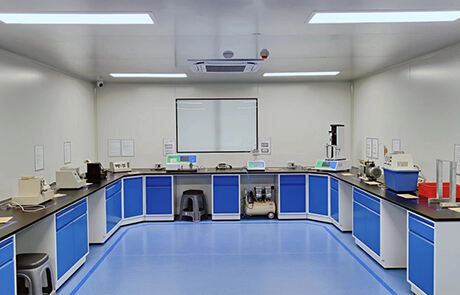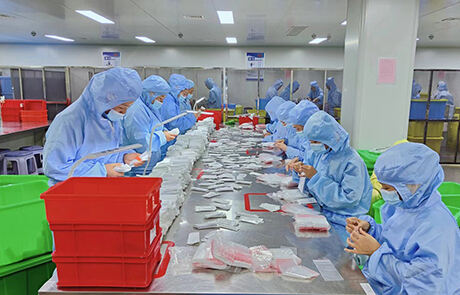
Structural adjustment of the pharmaceutical industry Tasks and objectives have been clearly defined
I. Introduction
In the context of global economic integration and rapid development of science and technology, the pharmaceutical industry, as an important part of the national economy, is experiencing unprecedented challenges and opportunities. In recent years, the pace of structural adjustment in China's pharmaceutical industry has accelerated significantly, aiming to optimize industrial structure, promote technological innovation, enhance industrial competitiveness, and realize the leap from "big country of medicine" to "strong country of medicine". In this paper, we will discuss the necessity of structural adjustment of the pharmaceutical industry, analyze the current tasks and objectives, and look forward to the far-reaching impact of structural adjustment.
Ⅱ. The necessity of structural adjustment of the pharmaceutical industry
1. Adapt to international competition: In the global pharmaceutical market, China is facing the double competitive pressure from developed countries and emerging markets. Structural adjustment aims to enhance the international competitiveness of the pharmaceutical industry, including improving the quality of medicines, enhancing innovation and expanding the international market.
2. Meeting domestic demand: As China's population ages and residents' health awareness increases, there is a growing demand for high-quality, personalized medical products and services. Structural adjustment will help the pharmaceutical industry better meet domestic market demand and improve national health.
3. Promote industrial upgrading: For a long time, China's pharmaceutical industry has been characterized by irrational industrial structure and insufficient innovation capacity. Structural adjustment aims to promote the transformation of the industry from low-end processing to high-end manufacturing and realize the upgrading of the industrial value chain.
III. Current Tasks and Objectives
1. Optimize industrial structure: Promote the transformation of the pharmaceutical industry from API production to innovative drug R&D, high-end medical device manufacturing, biopharmaceuticals and other high-value-added fields, and reduce the reliance on low-end and inefficient production capacity.
2. Promote technological innovation: Increase investment in R&D, establish a technological innovation system that is enterprise-oriented, market-oriented, and deeply integrated with industry, academia and research, so as to improve the independent innovation capability of the pharmaceutical industry.
3. Enhance quality standards: Strengthen the quality supervision of medicines and medical devices, establish and improve the traceability system of medicines, ensure the safety and effectiveness of pharmaceutical products, and enhance consumer confidence.
4. Deepening international cooperation: Strengthening exchanges and cooperation with the international pharmaceutical industry, introducing advanced technology and management experience, and at the same time promoting China's pharmaceutical products and services to the world and enhancing international influence.
IV. Impact and Prospect of Structural Adjustment
Structural adjustment of the pharmaceutical industry will not only promote the development of the industry itself, but also profoundly affect the level of national health, the mode of economic development and the pattern of international competition. The success of structural adjustment will bring the following far-reaching impacts on China's pharmaceutical industry:
1. Enhance national health and well-being: high-quality and innovative pharmaceutical products will effectively meet the growing health needs of the people and improve the national health level.
2. Promote high-quality economic development: as a high-tech, high-value-added industry, the structural adjustment of the pharmaceutical industry will lead to the upgrading of the upstream and downstream industrial chain, and promote the optimization of economic structure and high-quality development.
3. Enhance international competitiveness: through technological innovation and industrial upgrading, China's pharmaceutical industry will enhance its position in the global pharmaceutical market, contributing to China's power to participate in the formulation of international pharmaceutical rules and promote the development of global health.
V. Conclusion
Structural adjustment of the pharmaceutical industry is a systematic project that requires the joint efforts of the government, enterprises, research institutions and all sectors of society. In the face of the current situation where the mission and objectives have been clearly defined, the pharmaceutical industry should grasp the opportunities, meet the challenges, drive development by innovation, promote industrial upgrading by structural adjustment, and make greater contributions to realizing the strategy of Healthy China and upgrading the level of health of all the people. On the stage of the global pharmaceutical industry, China's pharmaceutical industry is steadily marching towards the goal of a strong pharmaceutical country with a brand new attitude.



